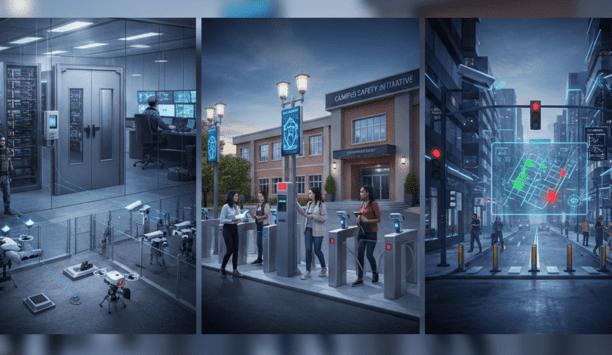After a decade-long postponement, a prestigious airport has been built in India in just 33 months. Siemens provided the new airport with airport-specific equipment as well as with safety and security technology and power supply and distribution – and played its part for the timely completion of the project.
Bengaluru (also known as ‘Bangalore'1) International Airport was constructed on what was formally a red-clay wasteland. Following the first landing on 23 May 2008 - a Jet Airways flight from Mumbai - and minutes later the airport's first ever take-off, within 24 hours Bengaluru International Airport had handled an incredible 341 flights.
Today, this prestigious airport handles over 9 million passengers a year, and operating at maximum capacity, is capable of handling 720 aircraft movements in a day.
Siemens, one of the few companies worldwide with the expertise to offer a comprehensive integrated package for all airport-related services and processes, was largely responsible for this resounding technological success. They equipped the airport with numerous turnkey components as part of the order for the supply and installation of: airfield lighting; IT systems; networks and communication; check-in systems; x-ray systems; baggage handling systems; passenger boarding bridges as well as power supply, low-voltage and medium-voltage power distribution, safety and security technology, fire detection and alarm systems and building automation systems as well as a number of mechanical components such as gangways, elevators and escalators.
The Airport Integration Platform (AIP) was also installed by Siemens and integrates all applications of the airport's IT landscape. It is capable of combining any number of independent IT solutions from different providers to form one structured and flexible whole. Data transmission is simplified, and processes are optimized. The solution has already been implemented at Delhi International and Hyderabad International Airports.
Siemens, one of the few companies with the expertise to offer a comprehensive integrated package for all airport-related services and processes, was largely responsible for this success |
Bangalore (or Bengaluru) is the third most inhabited city in India. It is also currently the fastest growing major metropolis in India, the population having more than doubled in less than twenty years. V. P. Baligar, Principal Secretary of Indian Infrastructure Development, said: "An international airport was very much needed in a city like Bangalore which is the technical capital of India - the "Silicone Valley" of Asia. We were looking for someone who offers more than technical installations. We were looking for a reliable, long-term partner - someone who could provide financial security, technical know-how and, of course, timely completion."
Construction of the airport began in July 2005. In light of a study commissioned in 2006 which forecast a dramatic rise in demand, the owner and operator of the project, Bangalore International Airport Limited (BIAL) took the decision to modify plans to cope with the larger number of passengers. The layout of the runways was re-arranged and the number of aircraft stands was tripled. The terminal building was enlarged and Siemens was asked to expand the baggage handling system, the airfield and apron lighting systems, as well as the power supply, safety, communications and building systems. Yet the opening date remained unchanged, making the timely completion even more remarkable.
| Siemens received two gold awards for its film showing the development of the new facility for Bengaluru Airport, from the laying of the foundations right through to its commissioning |
This upgrading of the project meant that the airport is now able to serve more than double the originally estimated number of 4.5 million passengers a year. There are already plans to build a second runway and two further terminals when the annual traffic of the airport reaches 18 million passengers, which is currently estimated to be around 2013.
On 11 December 2005, the Government of Karnataka announced that it had accepted a proposal to rename Bangalore to Bengaluru. It was decided to officially implement the name change from 1 November 2006 but the process is currently stalled because of delays in getting clearances from the Union Home Ministry.
Click here for more information on Integrated Airport Solutions from Siemens.
1On 11 December 2005, the Government of Karnataka announced that it had accepted a proposal to rename Bangalore to Bengaluru. It was decided to officially implement the name change from 1 November 2006 but the process is currently stalled because of delays in getting clearances from the Union Home Ministry.












